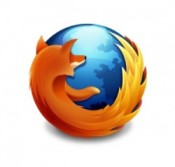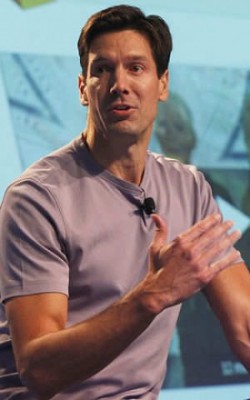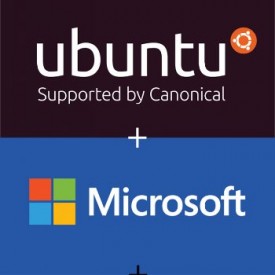Last week when Microsoft and the Linux Foundation separately announced a partnership that would see Redmond issuing a Linux certification called Microsoft Certified Solutions Associate Linux (MCSA), Steven J. Vaughan-Nichols felt the need to add the words “not a typo” to the headline of his coverage on ZDNet. A couple of days later, when the story made the pages of The Register the headline included, “Do not adjust your set. This is not an error.”
 We were just as surprised here at FOSS Force, and Larry Cafiero pulled no punches when breaking the story in Friday’s Week in Review. “There’s the argument that because Microsoft ‘loves’ Linux…we should be more inclusive,” he wrote, “but this is the company that considered Linux a cancer and has fought FOSS for decades. Rather than throw the Microsoft that is treading water a life preserver, I still think throwing it an anchor would be more fitting.”
We were just as surprised here at FOSS Force, and Larry Cafiero pulled no punches when breaking the story in Friday’s Week in Review. “There’s the argument that because Microsoft ‘loves’ Linux…we should be more inclusive,” he wrote, “but this is the company that considered Linux a cancer and has fought FOSS for decades. Rather than throw the Microsoft that is treading water a life preserver, I still think throwing it an anchor would be more fitting.”
Christine Hall has been a journalist since 1971. In 2001, she began writing a weekly consumer computer column and started covering Linux and FOSS in 2002 after making the switch to GNU/Linux. Follow her on Twitter: @BrideOfLinux



 Mozilla wants to shed itself of Thunderbird, its popular cross platform email client. Although widely used on GNU/Linux, OS X and on Windows, the organization now seems to pretty much view it as a liability.
Mozilla wants to shed itself of Thunderbird, its popular cross platform email client. Although widely used on GNU/Linux, OS X and on Windows, the organization now seems to pretty much view it as a liability.



 In addition, related to the purchase or not, Ansible has also started getting some traction at this week’s
In addition, related to the purchase or not, Ansible has also started getting some traction at this week’s 

 On September 3, Bitcoin Magazine’s Joseph Young
On September 3, Bitcoin Magazine’s Joseph Young 

 The article prompted
The article prompted